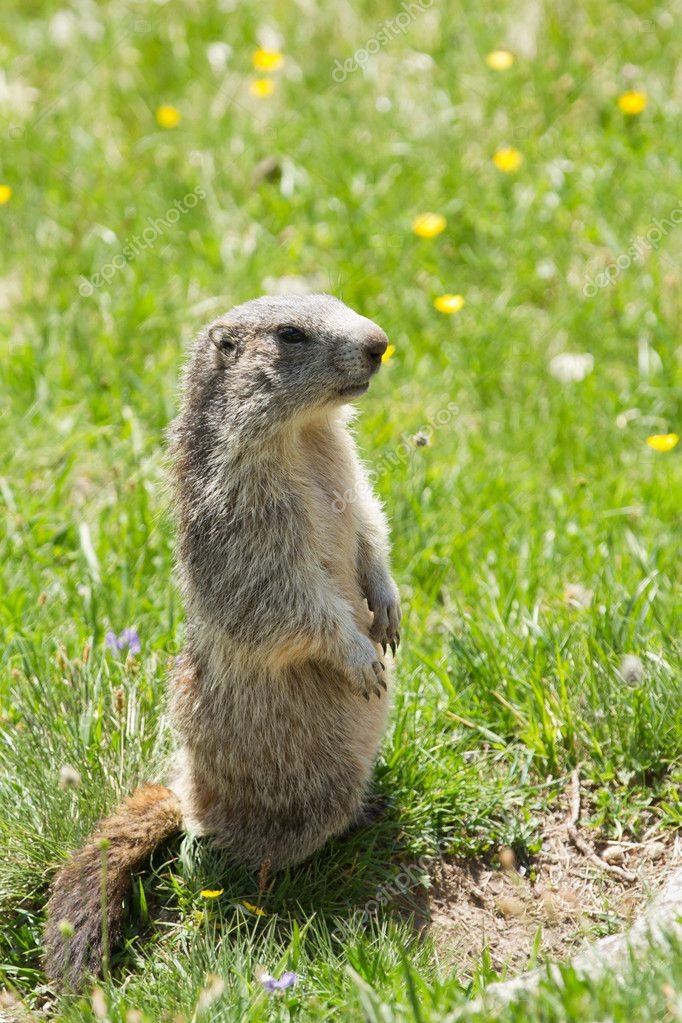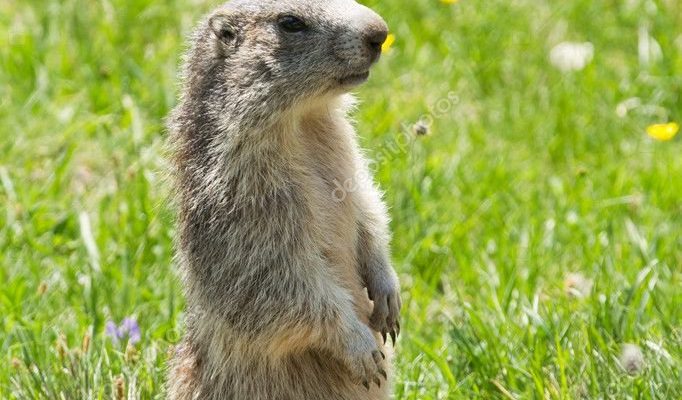
Imagine a bustling neighborhood where everyone has a role to play—whether it’s the baker providing fresh bread or the gardener growing vegetables. Marmots contribute to the health and well-being of their habitats in ways that might surprise you. From aerating the soil to being a food source for predators, every little thing they do counts. So, let’s dive deeper into the fascinating world of marmots and understand their essential contributions to their ecosystems.
What Are Marmots?
Before we explore their role, it’s important to know what marmots are. These social rodents belong to the family Sciuridae and are closely related to squirrels. There are about 15 different species of marmots, with the most well-known being the yellow-bellied marmot and the woodchuck. Marmots are typically found in North America and parts of Europe and Asia, living in mountainous regions and grassy meadows.
Marmots are rather hefty for rodents, weighing between 5 to 11 kilograms (11 to 24 pounds). They live in tight-knit family groups, which can include several generations. You might be wondering, how do they survive in such harsh conditions? Marmots are well adapted for life in cooler climates, with their thick fur helping them stay warm during long winters. They’re also excellent diggers, creating extensive burrow systems that provide both shelter from predators and a cozy spot for hibernation.
The Role of Marmots in Soil Aeration
One of the most significant contributions of marmots is their role in soil aeration. When they dig their burrows, they’re not just creating a home; they’re also loosening and aerating the soil. Picture it like a gardener turning over rich soil to help plants grow. This aeration allows water and nutrients to penetrate deeper into the ground, promoting healthier plant growth.
Additionally, as marmots munch on grasses and other vegetation, they inadvertently help control plant populations. By feeding on specific plant species, they create space for a variety of plants to thrive. This variety is essential for a balanced ecosystem because it supports other wildlife. More plant species can attract different insects, birds, and mammals, creating a vibrant community of life.
Marmots as Prey and the Food Web
Marmots play a crucial role as a food source in their ecosystem, acting as prey for various predators. Birds of prey, such as hawks and eagles, rely on marmots as a significant food source. These predators have adapted to spot marmots from high above, often watching the ground for the telltale movements of these large rodents.
But it doesn’t stop there. Larger mammals, such as coyotes and foxes, also hunt marmots. This predator-prey relationship is vital for maintaining the population balance within the ecosystem. When marmot populations are healthy, it helps ensure that their predators have enough food to survive. Conversely, if marmot numbers decline, it could lead to starvation for these predators, disrupting the entire food web.
Seed Dispersal and Plant Diversity
Marmots also contribute to seed dispersal. As they feed on various plants and fruits, they help spread seeds through their droppings. This process is essential for plant reproduction and diversity. When seeds are dispersed over a wide area, it increases the chances of new plants taking root and thriving in different environments.
You might think of this as nature’s way of planting new gardens, one nibble at a time. More plant diversity means a healthier ecosystem overall. It can create a more resilient environment that can withstand challenges like climate change. As a result, marmots play an indirect yet crucial role in shaping the landscapes they inhabit.
Marmots and Soil Nutrient Cycling
Have you ever considered how nutrients cycle through soil? Marmots are instrumental in this process. Their burrowing activities not only aerate soil but also mix organic material like their own waste back into the earth. This practice enriches the soil, leading to better growing conditions for plants.
When marmots leave droppings around their burrows, they contribute nitrogen and other essential nutrients. This organic matter serves as a natural fertilizer, promoting the health and growth of various plants. This nutrient cycling is vital for maintaining ecosystem productivity, ensuring that plants can flourish and support the animals that depend on them.
The Impact of Habitat Loss on Marmots
Unfortunately, the role of marmots in their ecosystems is threatened by habitat loss due to human activities, such as urbanization and agriculture. As their habitats shrink, marmot populations face increased competition for food and space. This loss can disrupt the balance of the entire ecosystem, highlighting how interconnected all species are.
When marmots decline, it affects everything from the health of the soil to the population numbers of their predators and the diversity of plant life. Conservation efforts aimed at preserving these animals and their habitats can help mitigate these impacts. By supporting nature reserves and sustainable land practices, we can help maintain the important roles marmots play in their ecosystems.
Marmots may seem like just another cute face in the animal kingdom, but they play pivotal roles in shaping their ecosystems. From aerating soil and aiding in nutrient cycling to serving as a key food source for predators, these little creatures are essential for maintaining the health of their environments. Protecting marmots and their habitats is crucial for ensuring the balance of the ecosystems they inhabit.
The next time you spot a marmot peeking out from its burrow, take a moment to appreciate the larger role it plays. Just like all of us have something to contribute in our communities, marmots contribute to the vibrant tapestry of life that surrounds us. It’s a reminder of how interconnected and reliant we all are on one another for a healthy planet.

